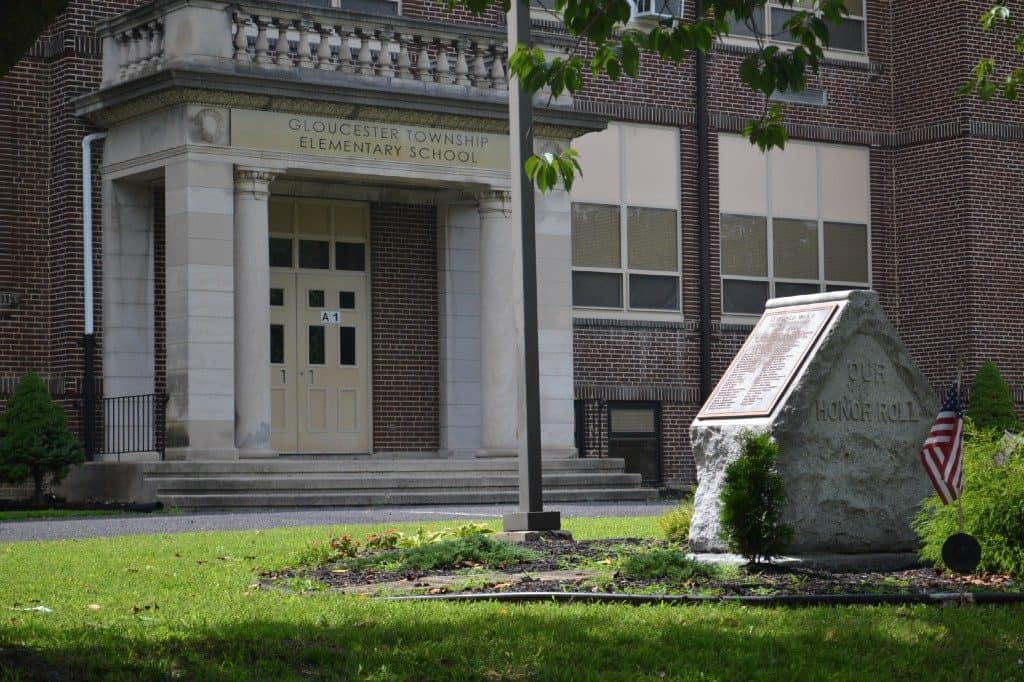
Busing to non-public schools and bullying statistics were also discussed.

At the Sept. 18 Board of Education meeting, Gloucester Township Public Schools teachers and parents reflected on the 2016–2017 year, specifically deconstructing areas of strengths and weakness in math and English/language arts/literacy among elementary and middle school students.
Based upon the spring PARCC assessments, the school district has made significant improvement since 2015, surpassing its own averages in most grades for both subjects.
“I would say, generally, the district, from grades three to eight, that (PARCC presentation) was a very encouraging portrayal from one year to the next,” Superintendent John Bilodeau said.
In mathematics, the percentage of third graders who met the standard or better (levels four and five) jumped from 35.2 percent in 2015 to 51.5 percent in 2017.
In English/language arts/literacy, the percentage of third graders who scored a level four or five was 38.1 percent in 2015, compared to 50.2 percent in 2017.
In English language arts/literacy, the percentage of eighth graders who scored a level four or five was 34.9 percent in 2015, compared to 50 percent in 2017.
While similar growth appears across the board in all the elementary and middle schools, there was a hiccup in fourth grade across the district, as 36.2 percent scored at levels four or five in mathematics in 2016. That figure fell to to 35.5 percent in 2017. In English/language arts/literacy, the figure fell from 51.6 percent in 2016 to 48 percent in 2017.
“Fourth grade in general is an area where we’re a little bit off than where we’d like to be, probably, honestly, the weakest area where some of our scores are,” said Timothy Trow, director of curriculum and instruction.
Especially in the mathematics section of PARCC, test preparation across the state does not completely align with how questions are presented on the exams, according to Trow.
Compared to statewide averages, the district continues to fall slightly behind. Most grades are a few percentage points shy of the New Jersey average, as the percentage of levels four or five scores for fifth-grade ELA was 58.9 across the state and 56.1 in Gloucester Township. Some grades show larger gaps, as the percentage of level four or five scores for seventh-grade ELA was 59.2 across the state and 46.9 in Gloucester Township.
The statewide goal is to reach 80 percent proficiency or better in all subgroups by 2030, according to the state’s Every Student Succeeds Act.
Inching closer to that destination, the school district is taking a series of initiatives this year, including piloting a middle school reading program called Study Sync. A double period of math is also being implemented in middle schools.
Aiming to enhance the communication between the board and elementary teachers, the district added a new liaison position.
“A part of what we have to do is raise our level of capacity and ability to do the work,” Trow said. “And I think the future can be very bright.”
In other news:
• Throughout the district, from January to June, there were 17 cases of violences, five cases of vandalism, seven cases of weapons, two cases of substance abuse and 20 confirmed cases of harassment, intimidation and bullying.
The number of HIB investigations decreased from 102 in the 2015–2016 school year to 68 in the 2016–2017 school year. The district scored 72 out of 78 on anti-bullying self assessment.
• Anthony DiRosa, a parent from Clementon, raised concerns about busing to non-public schools. Students who get bused to Gloucester Township schools spend an average of 20 to 25 minutes on the bus, according to DiRosa. However, non-public school students can endure a total bus travel time of 40 to 70 minutes, according to DiRosa. Non-public students are picked up by private vendors.
The superintendent explained that in a public school setting, students can go in a neighborhood “catch-all area,” where up to 50 kids can load a bus. But, in non-public environment, drivers have to go through several neighborhoods to fill the same-sized bus, extending the time frame.









